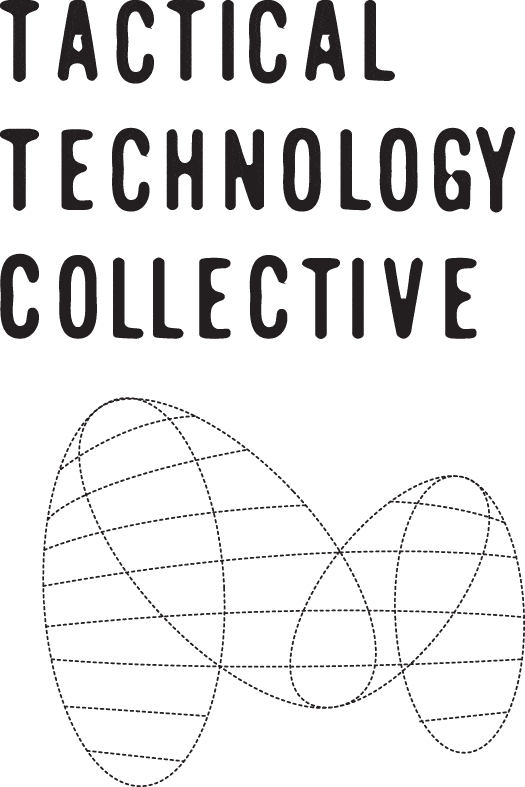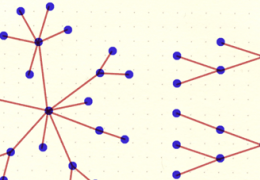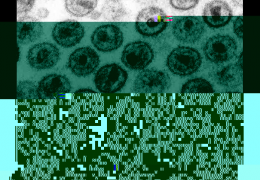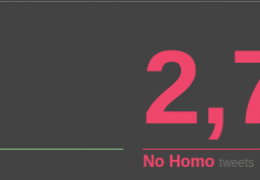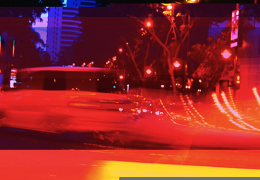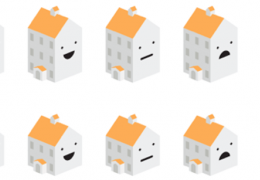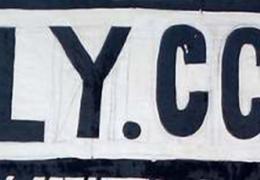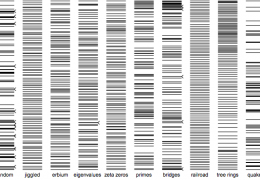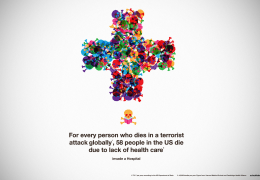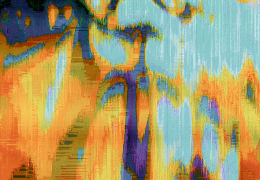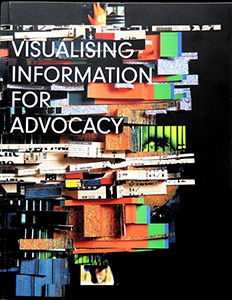By Maya Indira Ganesh, 13 March 2014
Data has always been crucial for advocacy and campaigning; from small NGOs and independent journalists to the United Nations, people working for social change have always had to use different kinds of information to make a case for their issue. So why is data the new bacon and why are there festivals, forums and conferences about it?
Data is not only the things you have to generate through quantitative and qualitative research with a design and hypothesis or question, which academics and marketers have done for decades; or ask for, like open data; or unearth and piece together like investigative journalists do. 'Big data', which has made the work of marketers, advertisers and surveillance agencies infinitely easier, is being imagined as a new tool to address social justice issues like corruption, poverty, humanitarian and natural disasters, and even predict outbreaks of crime and HIV. Big data may not save the world just yet, but the commercial, healthcare, government, journalistic and Development possibilities of it are creating ripples of influence that those of us working with information technologies and activism have to negotiate, and quite often with little or no experience.

In this series of posts, I will unpack some issues around working with data through a macroscope, as it were, by looking at a particular set of cases: data about violence against women. Unlike a telescope that allows you to examine things that are far away and a microscope things very small, an imaginary device called a macroscope allows you to examine things that are complex in finer detail. Here, data about violence against women used in advocacy allows us to explore both the biographies of data, as well as what it means to do advocacy on a complex human rights issue with it.
Open data is a tool to monitor and encourage government accountability and efficiency and big data is used to discover trends and patterns in internet content and traffic, so neither can be automatically applied to advocacy on human rights violations like violence against women. This series doesn't intend to speak to or about the mechanics of using these tools; this is a response to the increasing interest in the data-fication of advocacy and rights. Also, this is not a series intended only for women's rights activists; it is also - perhaps primarily - for those of us who are already working with information technologies and data in advocacy contexts. This is also an opportunity for us at Tactical Tech to 'think out in the open' about the work we're doing in this field, by examining the assumptions and realities of it as we move forward into new work in this area.
Data is not an end in itself; it is far from perfect, and there's an art to using it effectively. At this stage, open data may have little to offer directly on many contentious global issues – state-sponsored violence, conflict, human rights violations, environmental degradation, resource transparency - particularly as these play out at the global level, or in-transition or repressive parts of the world. In such places it may be impossible or even dangerous to ask a local authority or a company to release their data.
In some sense, perhaps, too many have been too quick to assume that what works for monitoring and regulating energy use by 'smart cities' could work in the same way to check the corruption in the billing department of a local department of a state electricity board. Linnet Taylor writes about this in the context of Development:
"people all over the world are emitting data about themselves at an ever-increasing rate, through their phones, their internet use, their connections with their government, their use of healthcare, banks, micro-finance, and all sorts of other activities. There is a lot of debate about how this data can be used in Development, mainly because of a dearth of public statistics about the world’s lower-income countries. On the one hand this might be a good thing because it makes local problems, poverty and abuses harder to conceal, and enables intervention where things are going wrong. On the other hand, it may enable the advocates of Development to work even more at arm’s length instead of having to actually connect with people and understand the background to their problems."
Violence against women is a notoriously difficult issue to document and collect data on. It is a crime that challenges the act of recording of data: if you were the victim of any other crime, say having your house broken into or having your handbag stolen, you wouldn't be ashamed to talk about it. Violence can sometimes be unspeakable and unspoken-for: literally, victims can be speechless with fear or shame, and some forms of violence can be invisible like corrective rape or sexual violence against sex-workers. To fit violence into the rational order of a spreadsheet, to have to name and categorise its parts is a challenge for the victim, the data scientist and activist alike. It is an area that requires the meeting of data science and citizen science, as Dan McQuillan of Internetartizans puts it:
"the exercise of separating indivisible lived experience in to suitable data objects becomes political, and the next logical step is to create data that is meaningful to us as citizens, that has value to us because it is part of a process of achieving wellbeing. This is where data science meets citizen science."
This explains the popularity of projects like Harassmap to report street-based sexual harassment; for the first time there was a public and visible way for women (with access to the internet) to document a certain type of violence and show its scale.
We are in an era of 'solutionism' says Evgeny Morozov, where we believe that “definite, computable solutions [and] transparent and self-evident processes” are what complex social problems need in order to be resolved. But unfortunately, Sarah Leonard says, “data [about these social problems] and empowerment are two different things. Simply having data doesn’t make one an active and informed user of it."
In the other blog posts in this series, I explore three broad themes: first, what working with data means for advocates and activists and how it plays out in advocacy contexts; second, the social production of data – where it comes from, who asks the questions and what the questions are; third, the ethical challenges in working with online and social media data. To do this, I've reviewed recent research, popular and journalistic writing, and interviewed activists and researchers working with data about violence against women.
The stories of what data can and cannot do to advance social justice and rights show that data is never as straightforward as it seems, as anyone who has done any social science research knows; the history of data is the history of human beings and our complex and messy relationships. To paraphrase David Brooks "data struggles with the social, with context, creates bigger haystacks, favours memes over masterpieces, has trouble with values.”
*Thanks to Anusha Hariharan for research assistance. Anusha lives in Madras, India, and researches gender, sexuality and caste through a feminist lens and walks around and reads about cities.
Header image by Maya Ganesh, taken at Dokki station, Cairo, 2009.
Maya is the Evidence & Action Programme Director at Tactical Tech.



